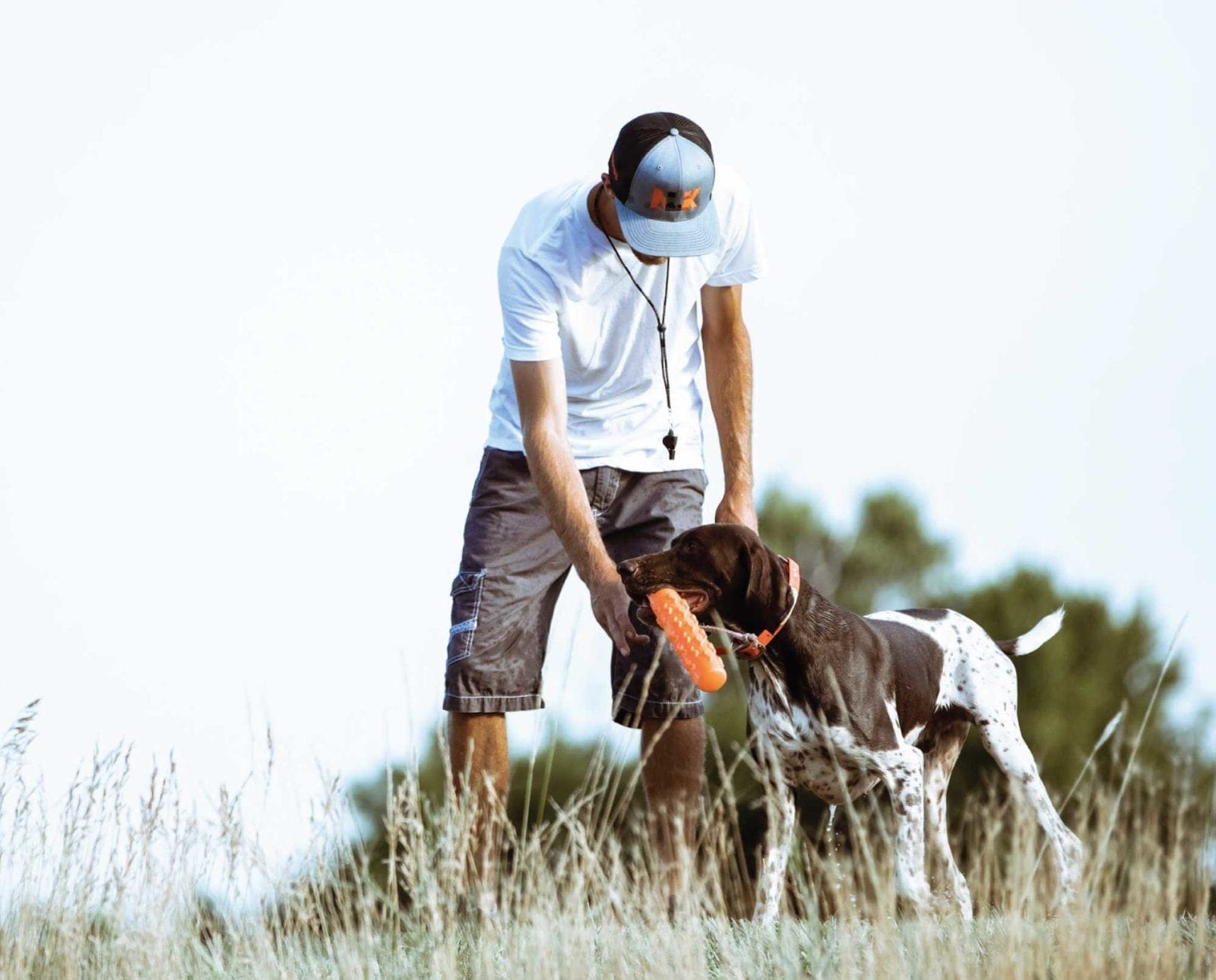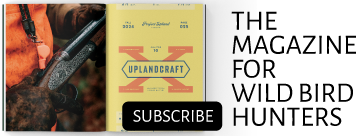Home » Hunting Dogs » Foundation Theories of Better Gun Dog Training
Foundation Theories of Better Gun Dog Training

Understanding and adhering to foundation theories of gun dog training is one of the most important lessons we can learn
One of the most promising trends I’ve seen in the upland community over the last few years is a surge of newcomers to the pursuit. While many of us may have grown up around strong hunting traditions and practices, I’ve noticed that more and more people with nontraditional interests and backgrounds are being drawn into this passion we all share. Especially in our line of work, there seems to be a growing interest in working with hunting dog breeds and dog training. As the founder and owner of No Limits Kennels (NLK), a full-service training, breeding and boarding kennel in central Kansas, I see firsthand how working with a dog has led people to fall in love with this American pastime and become personally invested in its preservation.
But the amount of calls I get with people who just picked up a new puppy make it clear that it can be difficult for newcomers to navigate through all of the information. So if you’re feeling overwhelmed, where do you start with a puppy?
As a seasoned breeder and dog trainer of a variety of versatile hunting and pointing breeds, I can assure you that there are very simple, cost-efficient ways to work with your dog and build a strong foundation for a great hunting companion. Hunting dogs are working dogs. Training a high energy, working dog is ultimately about how to guide the dog’s natural abilities to achieve their full potential.
Failure is part of gun dog training
There is one thing people, especially those who are brand new to the pursuit, never like to hear: you will fail. Failure is an expected part of the training process here at NLK. I failed my first junior hunt tests that I ran my gun dog in. And I continued to fail at almost every test, trail, or venue I ever entered on the first or second time. Bird dog training is no different than any other skill. The biggest key is practice. And practice requires two things: successful repetition and failure. This is central to any learning process for you and your dog, so it’s important to acknowledge upfront that failure is a part of the process.
So what are the basics? You’ve purchased a hunting dog. You notice the high energy, the nonstop excitement, and willingness to please. How are you going to channel all of that to try and get anything of consistency? Maybe you have already mastered crate training, place training, or even introduced your dog to the “whoa” command. If you’ve done any amount of internet scouring, these are the basics we expect all dogs to master just to help them live safely and peacefully with you in their new household environment. But that still leaves many wondering what is the key to helping hunting dogs work up to navigating situations that are more complex, like staying “steady to wing” or “steady to shot.”
I want to share some components that are integral to our training regimens at NLK and that you can easily work on and integrate into practice and training with your dog.
Teach and understand the ‘release command’
One thing that is easily overlooked is the absolute need to teach release. Cues need to be developed and trained so that your dog understands a command is an absolute. Place means place. Indefinitely. I love it when people call up and while we are talking on the phone at some point they mention they’ve forgotten where they put their dog! We need to strive to make any cue we give our dogs an absolute. So when you say sit, place, whoa, here, heel, etc., we want those cues followed to the letter without fifty reminders and a whole lot of unnecessary yelling.
To get there we have to have a release from each cue. This can be a tap on the side of the head or another verbal cue like their name or just a “free” cue. Make sure when you are giving a cue that you are following through with it and working with your dogs through distractions.
Timing is a foundation concept that must be adhered to
Now I want to come back to the uncomfortable part I mentioned earlier about failure. Accept this now: at some point, you, your dog, or both of you are going to mess up, miss a cue or screw up the timing. What is often misunderstood is how to integrate corrections into the training process.
There are a million ways to skin a cat, i.e., there may be a dozen methods to teaching a simple command, but I promise you there is only one true and tried way to make corrections that will move the learning process forward. To make a correction you must first catch your dog in the act immediately by letting them know with a verbal or physical command, or with a remote e-collar, then show them the correct action, and finally reward the appropriate action.
If you miss your timing on a correction there is literally nothing you can do about it after your dog breaks.
If you get distracted and miss the window for a correction, just let your dog free.
Understanding what drives your gun dog
Use a healthy and balanced training method that has rewards for the “good” behavior and corrections for “bad” behavior. This means that the dog’s desire to perform more “rights” must outweigh the consequences of doing “wrongs.”
Part of this is repetition, and part of this is also figuring out what rewards they will work for.
In our training, we always start with a treat and a clicker, or a bumper or toy for our highly driven dogs. Find something that your dog absolutely loves and will do anything for. For our dogs that love retrieving more than anything, a bumper works great, and for the rest of the dog world, treats seem to be the ultimate reward.
Dog training in reality is very simple when done in a way that is balanced to provide clarity for the dog. What they need more than anything is some type of structure so that they are able to navigate their environment, whether in hunting, a competition, or within the household. If you just get out there with your dog and try these two things, you will see success and be more prepared next time you are out in the field with your dog or drop by on a training day at your local NAVHDA chapter.
A huge part of the upland hunting culture is tied to our dogs. The more people who are invested in the future of upland hunting, the more success we will have in preserving knowledge, conserving local habitats, and developing new hunters to carry on best practices. Breeding, training, and introducing hunting dogs to more people, and showing them a solid foundation for how to care for them and manage their needs will only further our cause.




One major thing I learned at a NAVHDA Training seminar with Blaine Carter, is to always have a plan. Put a plan together for your dog to have success. What is the plan if the dog does not do what is required? What is the plan if it does? You cannot correct or reward if you do not have a plan.